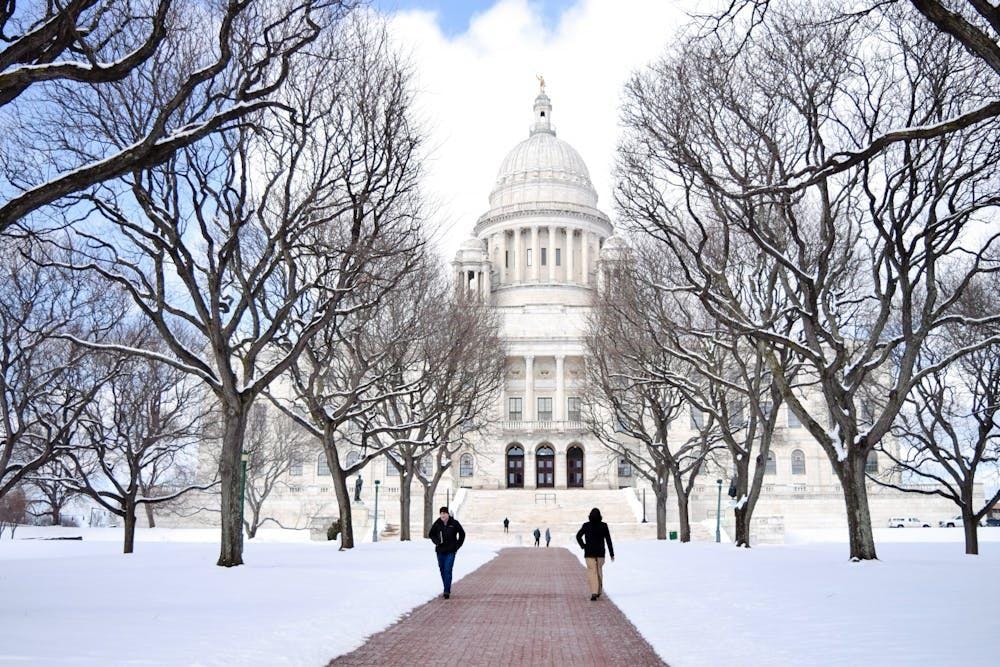Late last month, U.S. Representative Gabe Amo (D-R.I. 1) announced that Rhode Island was awarded $24 million in federal funding through the Low-Income Home Energy Assistance Program.
Administered through the Rhode Island Department of Human Services, LIHEAP funding is meant to help low-income individuals and families pay energy bills, especially as the winter months approach and the need for heat increases. The program supported about 26,000 households in the state in fiscal year 2023, according to Amo’s press release.
Households earning 60% or less of the state median income — at most $75,196 for a household of four — are eligible for LIHEAP assistance. Applications for funding are received via Community Action Agencies or through community outreach events, wrote Jim Beardsworth, R.I. DHS spokesperson, in an email to The Herald.
The funding is “especially important at this time when costs have risen for Rhode Island residents not just for utilities but across the board,” said Courtney Smith, director of innovation and community outreach at United Way of Rhode Island, a social services nonprofit.
“This additional assistance will help alleviate some of that burden and allow individuals and families to better manage their expenses and maintain stability during sometimes challenging times,” Smith added.
LIHEAP recipients can receive anywhere from $64 to $1,148 in assistance depending on the “type of fuel, household size, income and any housing subsidies,” Beardsworth wrote.
Given that 50% of current LIHEAP recipients are older than 60 and 13% are individuals with disabilities, DHS has conducted outreach to senior centers, healthcare facilities and other community hubs, he added.
Besides supporting households with energy bills, LIHEAP funds can also be used to make homes more energy efficient and resilient to natural disasters. According to Beardsworth, 15% of annual LIHEAP funding is allocated to the Weatherization Assistance Program, which helps Rhode Islanders insulate and air-seal their homes, among other measures.





